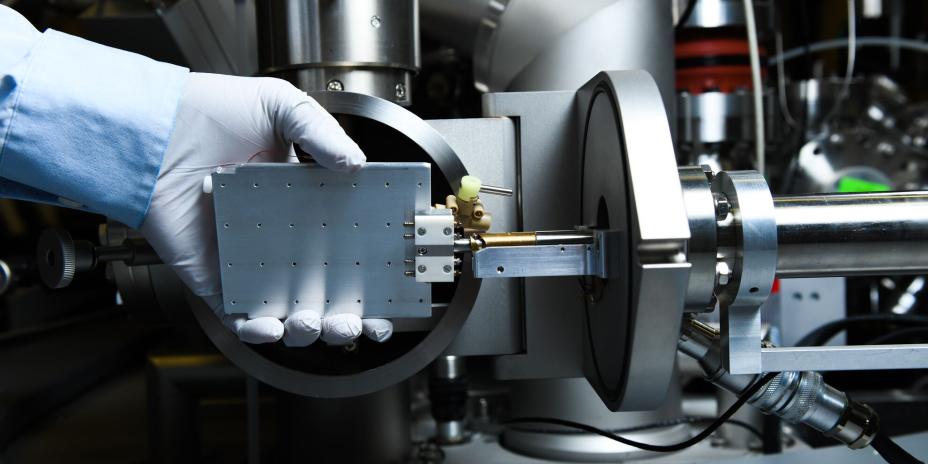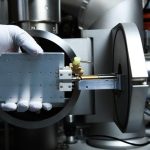Time-of-Flight Secondary Ion Mass Spectrometry (ToF-SIMS) has been a valuable analytical tool for several decades. Its use continues to expand as new applications emerge in materials science, biotechnology, and environmental monitoring. As technology advances and new research challenges arise, several trends shape the future of ToF-SIMS analysis.
ToF-SIMS analysis involves several steps to prepare the sample, collect data, and analyze the results. Here are the general steps involved in ToF-SIMS analysis:
- Sample preparation: The sample must be cleaned and prepared for ToF-SIMS analysis. This typically involves removing surface contamination or debris and mounting the sample on a conductive substrate.
- Ion beam sputtering: The sample is bombarded with a beam of high-energy ions, typically from a cesium or gallium ion gun. This sputters atoms and molecules from the surface, creating a plume of secondary ions that are then analyzed using mass spectrometry.
- Mass spectrometry: The ToF-SIMS instrument separates the secondary ions based on their mass-to-charge ratio (m/z) using a magnetic or electric field. The ions are accelerated toward the detector, and the time it takes for each ion to reach the detector is measured, generating a mass spectrum.
- Data analysis: The mass spectrum provides information about the chemical composition of the surface. By comparing the mass spectra of different regions of the sample or different samples, researchers can identify differences in the composition and distribution of different molecular species across the surface.
- Chemical imaging: By scanning the ion beam across the surface, ToF-SIMS can generate chemical images that reveal the distribution of different molecular species across the surface. This can help researchers visualize the chemical composition and structure of the surface.
- Interpretation: The data and images generated from ToF-SIMS analysis are then interpreted by researchers to gain insights into the material’s composition and structure, identify surface contamination or defects, and develop new materials or applications.
Here are some of the most promising developments to watch for in the coming years:
High-resolution imaging
ToF-SIMS analysis has already demonstrated the ability to generate high-resolution chemical images of material surfaces. Future developments are expected to improve the resolution even further. By improving the spatial resolution and sensitivity of ToF-SIMS, researchers can study the molecular structure of materials at an unprecedented level of detail.
Multimodal imaging
Combining ToF-SIMS with other imaging techniques, such as scanning electron microscopy or atomic force microscopy, could provide a more comprehensive view of surface properties and composition. Multimodal imaging has the potential to reveal more detailed information about the surface structure, chemistry, and physical properties than any one technique alone.
In situ analysis
In situ ToF-SIMS analysis, in which samples are analyzed under controlled environmental conditions, could provide valuable insights into the dynamic behavior of materials and biological systems. By analyzing samples under conditions that mimic real-world environments, researchers can better understand how materials interact with their surroundings.
Data integration and machine learning
As ToF-SIMS generates increasingly complex datasets, machine learning algorithms could be used to analyze and interpret the data more efficiently. By integrating ToF-SIMS data with other analytical techniques, researchers can build a complete picture of the molecular composition and structure of materials.
Final Thoughts
ToF-SIMS analysis is a dynamic and rapidly evolving field with many exciting developments on the horizon. As researchers continue to push the boundaries of what is possible with ToF-SIMS, this powerful analytical technique is poised to make significant contributions to future materials science, biotechnology, and environmental monitoring.







